Great and Holy Friday seems like a day to post this intriguing picture of the crucified Lord, St Bernard and honey bees. Surely you can connect the dots. The Passion of the Lord –a supreme act of love, is called to mind and hence by the Cross we are saved. Particular thanks to Aurelius Belz, a researcher in the cultural history of musical instruments, for publishing this “find” on his blog.
From the Liturgy of St. Basil the Great we are educated: “… He [Jesus] surrendered himself as a ransom to death by which we were held captive, sold into slavery under sin. Descending by the cross into Hades to fulfill all things in himself, he freed us from Death’s despair, and rose on the third day, preparing the way for the resurrection of all flesh from the dead…”
Honey bees ascend to the side wound of Jesus.
Mr. Belz writes: “It should be noted here in relation to the medal that the encounter of a bee colony with the Savior has a significant precursor. Both on an altar sheet (private property, Germany) and in Josef Meglinger’s Cistercineser Year, published in 1700 in print, we see Bernard of Clairvaux –who received the epithet doctor mellifluus due to his honey-flowing sermons– with a beehive in front of an altar with the crucified. The bees ascend to the side wound of Jesus and on a banner we find the text. “Nil cogitatur dulcius quam JESUS Dei Filius”, nothing sweeter can be thought of than Jesus, the Son of God. The flowers on the altar are symbolic bearers of meaning, so the lily stands for innocence, the rose for love and the sunflower, which always turns to the light, for permanence in faith. (Josef Meglinger, Cistercienser Year, 1700)
St. Bernard is the famous abbot of the Cistercian Benedictine reform. He’s the patron saint of beekeepers as well as the patron saint of bees and candlemakers. The image connected with this post is Bernard of Clairvaux, circa 1090 – 20.8.1153, French monk, saint, full length, copper engraving, Germany, circa 1700, Marienthal Abbey library.
On a personal note, St. Bernard has been invoked as one of the patron saints of my apiary.
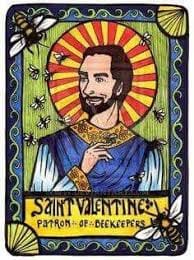
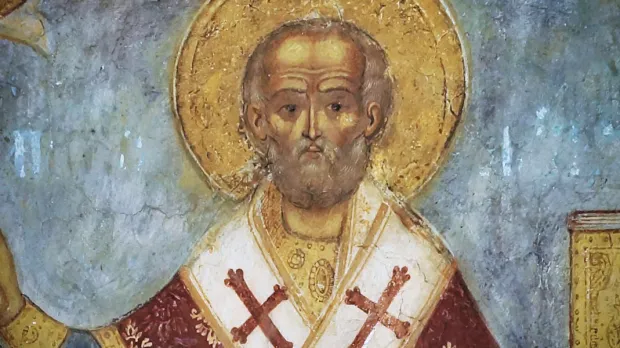
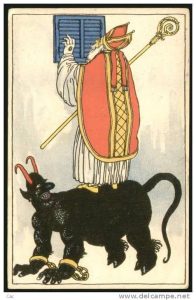 Today is the feast of the defender of the faith and apostle of charity, the bishop Saint Nicholas of Myra. Some of us forget too easily that Saint Nicholas is a significant model of Christian life: truth and love.
Today is the feast of the defender of the faith and apostle of charity, the bishop Saint Nicholas of Myra. Some of us forget too easily that Saint Nicholas is a significant model of Christian life: truth and love.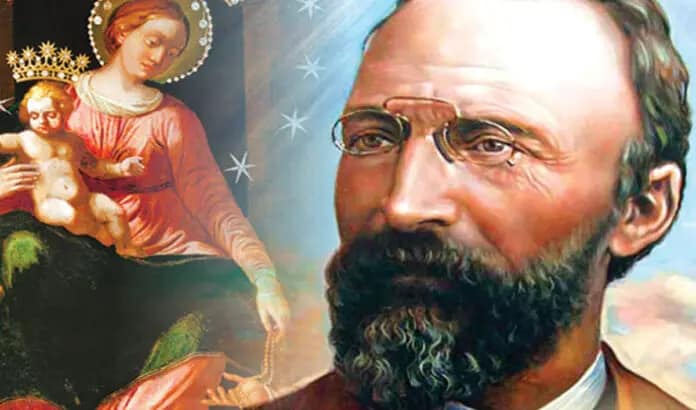
 Memory of Bartolo Longo is liturgically honored today. Blessed Bartolo Longo (1841-1926) has been so far the only lay person of the Equestrian Order of the Holy Sepulchre of Jerusalem to be lifted to the altar. He quite dear to the Knights and Dames of the Order of the Holy Sepulchre, and to me both as a devotee to the Rosary and to the Order.
Memory of Bartolo Longo is liturgically honored today. Blessed Bartolo Longo (1841-1926) has been so far the only lay person of the Equestrian Order of the Holy Sepulchre of Jerusalem to be lifted to the altar. He quite dear to the Knights and Dames of the Order of the Holy Sepulchre, and to me both as a devotee to the Rosary and to the Order.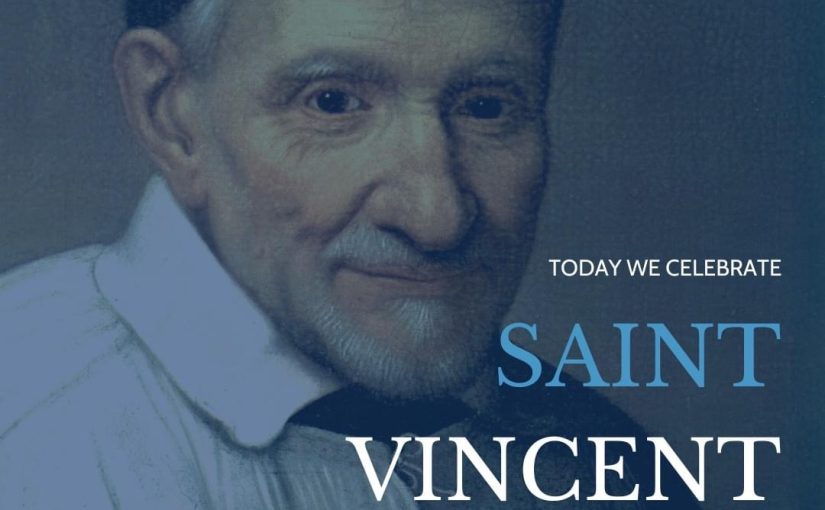
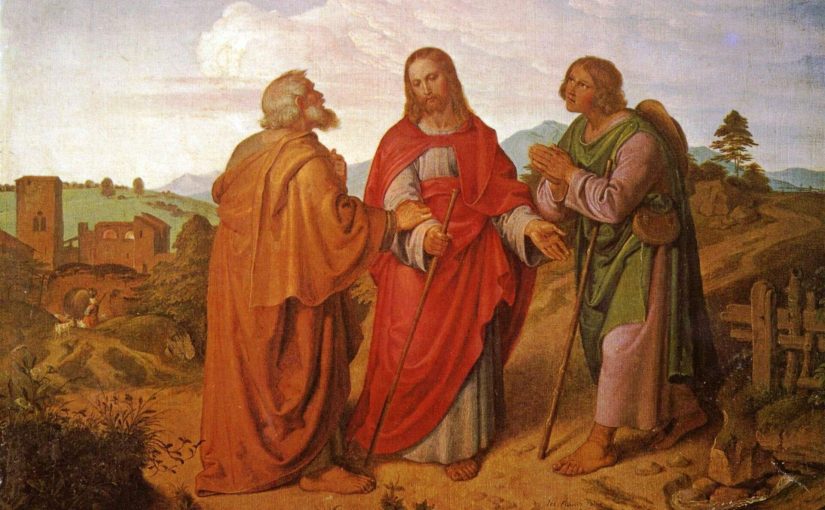
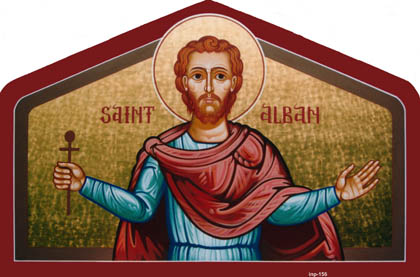

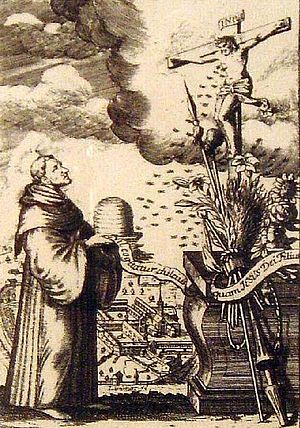
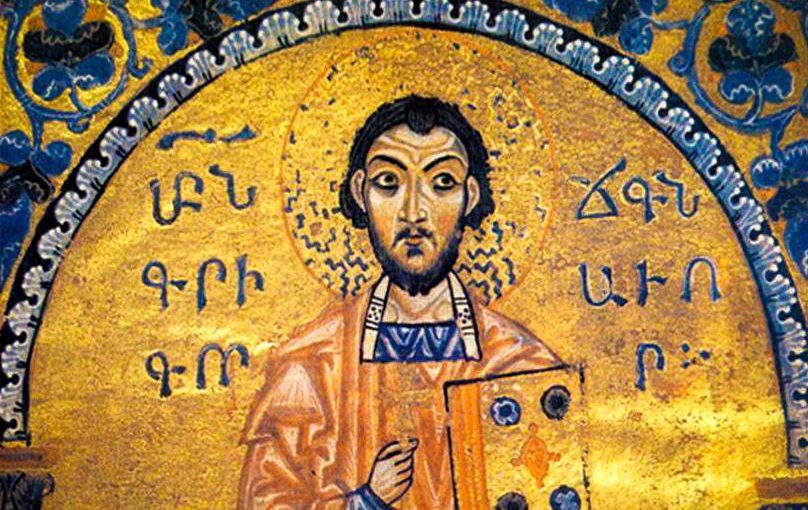
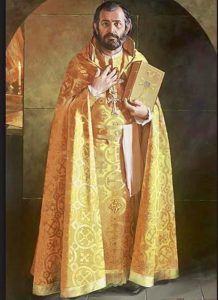 Doubtful that most Catholics will note who the Doctors of the Church are among the saints, but perhaps we ought to attend to the small group much more than we do. Today, St. Gregory of Narek is liturgically remembered by the Church. Gregory is revered as a saint, a man who served as a priest, gifted by the Spirit as a mystic, and shared his talents as a composer, astronomer, theologian and poet; he is honored as the first poet of Armenia and revered by Armenians as a “watchful angel in human form.” He is also the 36th Doctor of the Church and, one of very small group of Eastern Fathers with the title.
Doubtful that most Catholics will note who the Doctors of the Church are among the saints, but perhaps we ought to attend to the small group much more than we do. Today, St. Gregory of Narek is liturgically remembered by the Church. Gregory is revered as a saint, a man who served as a priest, gifted by the Spirit as a mystic, and shared his talents as a composer, astronomer, theologian and poet; he is honored as the first poet of Armenia and revered by Armenians as a “watchful angel in human form.” He is also the 36th Doctor of the Church and, one of very small group of Eastern Fathers with the title.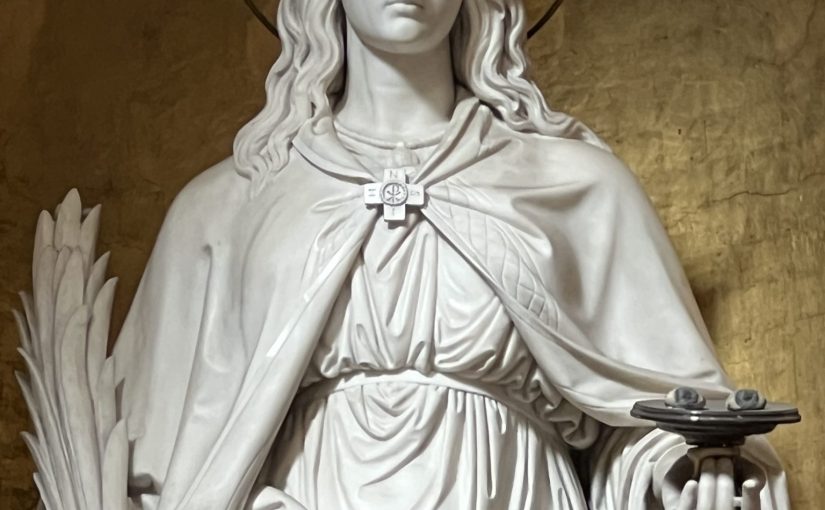
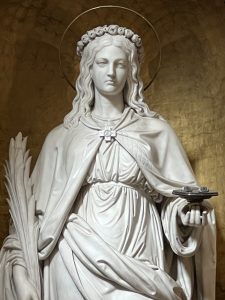 Today we pray for the gift to see. Not only seeing light, color and people/things, but seeing deeply things of God –in the spiritual life — through the intercession of Saint Lucy of Syracuse (283–304). It is a fervent pray of mine that Saint Lucy will open the eyes of us all to see truth, beauty and goodness; I also pray for my friend Ken whose birthday is celebrated today, and for those who live eye problems.
Today we pray for the gift to see. Not only seeing light, color and people/things, but seeing deeply things of God –in the spiritual life — through the intercession of Saint Lucy of Syracuse (283–304). It is a fervent pray of mine that Saint Lucy will open the eyes of us all to see truth, beauty and goodness; I also pray for my friend Ken whose birthday is celebrated today, and for those who live eye problems.